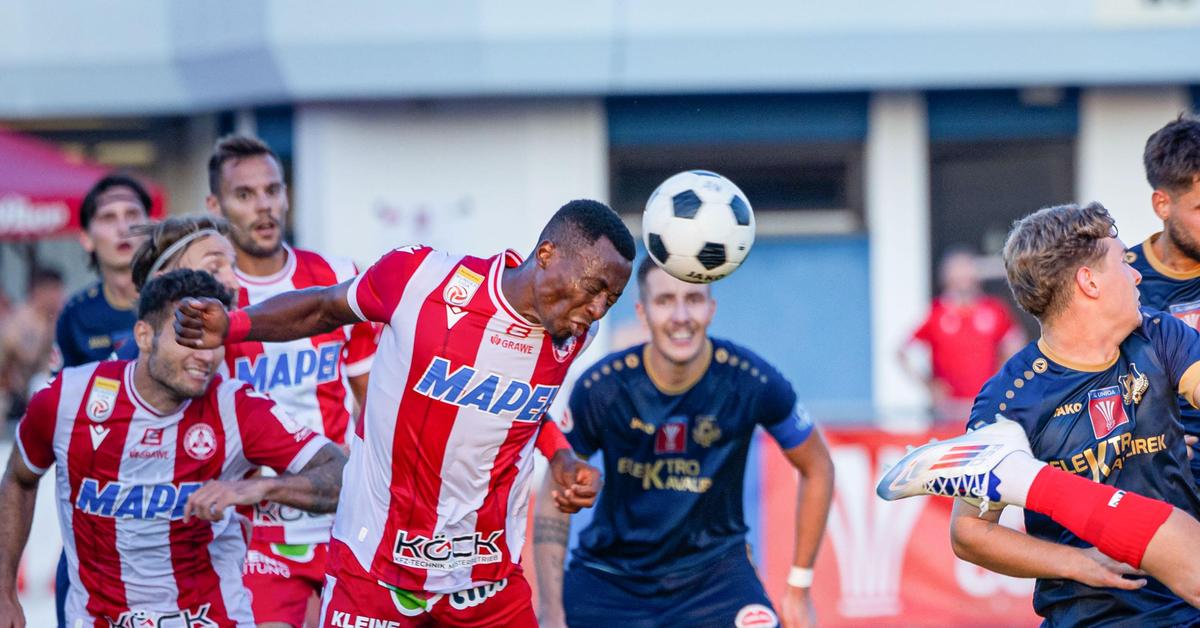SWR Symphony Orchestra conducted by Marek Janowski on November 17, 2023 in the Liederhalle / STUTTGART
Huge blocks of sound
SWR Symphony Orchestra conducted by Marek Janowski on November 17, 2023 in the Liederhalle / STUTTGART
Bruckner and Wagner were the focus of this concert. The leader was convincing from the beginning Mark Janowski along with SWR Symphony Orchestra In the “Siegfried Edel” For small orchestra by Richard Wagner. It was written in 1870, when son Siegfried was born – as thanks to his mother Cosima. The motifs of this score flourished here in a charming way – in particular, the flashback scenes from the final act of “Siegfried” shone brightly. Brünnhilde’s love tunes were by no means heroic.
The sensitive soprano makes an oration Anja Camby It was then the focus of Richard Wagner’s “Wesendonk Songs”. They are poems composed by his great love, Mathilde Wesendonk. Wagner himself described “Dreams” and “Im Treibhaus” as studies for “Tristan and Isolde” – and Marek Janowski, along with Anja Kampe and the excellent SWR Symphony Orchestra, emphasized the operatic focus of these songs. Color fever and tonal brilliance flashed again and again. The soaring thirds of the Act Three Overture and the mysterious harmony of the Second Act were immediately recognised. “Endless Melody” also made its presence felt along with the magnificent heroic action.
Finally, the huge voice rang out Symphony No. 3 in D minor in the third edition of 1889 An avowed Wagner fan Anton BrucknerWho dedicated this work to Wagner “with all due respect.” However, the first show in 1877 was a complete failure. The audience left the concert hall in droves, leaving Bruckner in tears. Marek Janowski has beautifully photographed this work, which oscillates back and forth between profound piety and carefree joy in nature. The huge harmonic cubes also reference Beethoven here, especially since the distinguished musicians of the SWR Symphony Orchestra worked out many details meticulously. The trumpet motif in the first movement was reminiscent of Beethoven’s Ninth Symphony. Typical intervals emerged from the formless whisper. Then the final energy of the subject prevailed in the concentrated power of final thought. The entire set of the varied theme was then clearly repeated. The second naturally happy theme with triplets also remained strongly in the memory. The majestic return of the E major theme had a poignant force. Development then began vaguely and reached its peak in the trumpet figure, which also concluded the series of the recapitulation theme as a pompous coda in the tremolo fever. The second movement, divided into several episodes, had great thematic richness and a majestic intensity of feeling in Marek Janowski’s interpretation. The first topic seemed very convincing. In tribute to Wagner, the consoling melody for viola followed. The strings gave a poignant answer with a free reshaping of the first theme, which now magnificently unfolds in new beauty with the melody of the violins. The third movement’s Scherzo appeared as a rustic delight. The ‘d’ as the fundamental note was the focus of the movement – and together with the ‘a’ in the descending sequence ‘d – a – d’ the great trumpet figure was called upon again. Marek Janowski also composed the gentle waltz melody excellently. Then she led the violin trio almost quietly. The finale was not mired in the hustle and bustle of the Scherzo, but instead allowed the impressive main theme to sound effective in the rhythm of the trumpet figure. The melody of the violins sounded dance-like, and the chorus of trumpets achieved poignant clarity. Janowski and the SWR Symphony Orchestra emphasized the confusing contrast between these two themes that sound at the same time in a very multifaceted way. According to Bruckner’s interpretation, the polka signifies humor and happiness, while the chorus emphasizes sadness. The third subject clearly refers to the opening figure of the Scherzo. Bruckner’s sonata forms clear accents. The development had tremendous energy in this focused presentation. The subject faced the first subject in this sentence. An emotional argument ensued. The choral theme for cello immediately captured the audience’s attention. The broad musical finale majestically recalled the main theme of the first movement. The main ending had something triumphant about it. Janowski celebrated the wonderful dynamics with the orchestra. Shouts of “Bravo,” huge cheers and thunderous applause.
In the “Finale” the strings from the SWR Symphony Orchestra are still there “Fugitive Visions,” op. 22, by Sergei Prokofiev He listens. The whimsical, dream-like lines are matched with the sarcastic and sarcastic numbers. The miniatures shine as dance scenes in this version for string quartet, because they are actually piano pieces.
Alexander Walter

“Travel aficionado. Certified problem solver. Pop culture guru. Typical writer. Entrepreneur. Coffee trailblazer.”






More Stories
Style column: Whoever kills James Bond becomes the best in his class!
The stage is being set for Taylor Swift.
Heidi Klum and Caro Daur & Co. also love these chic shirts for everyday wear.